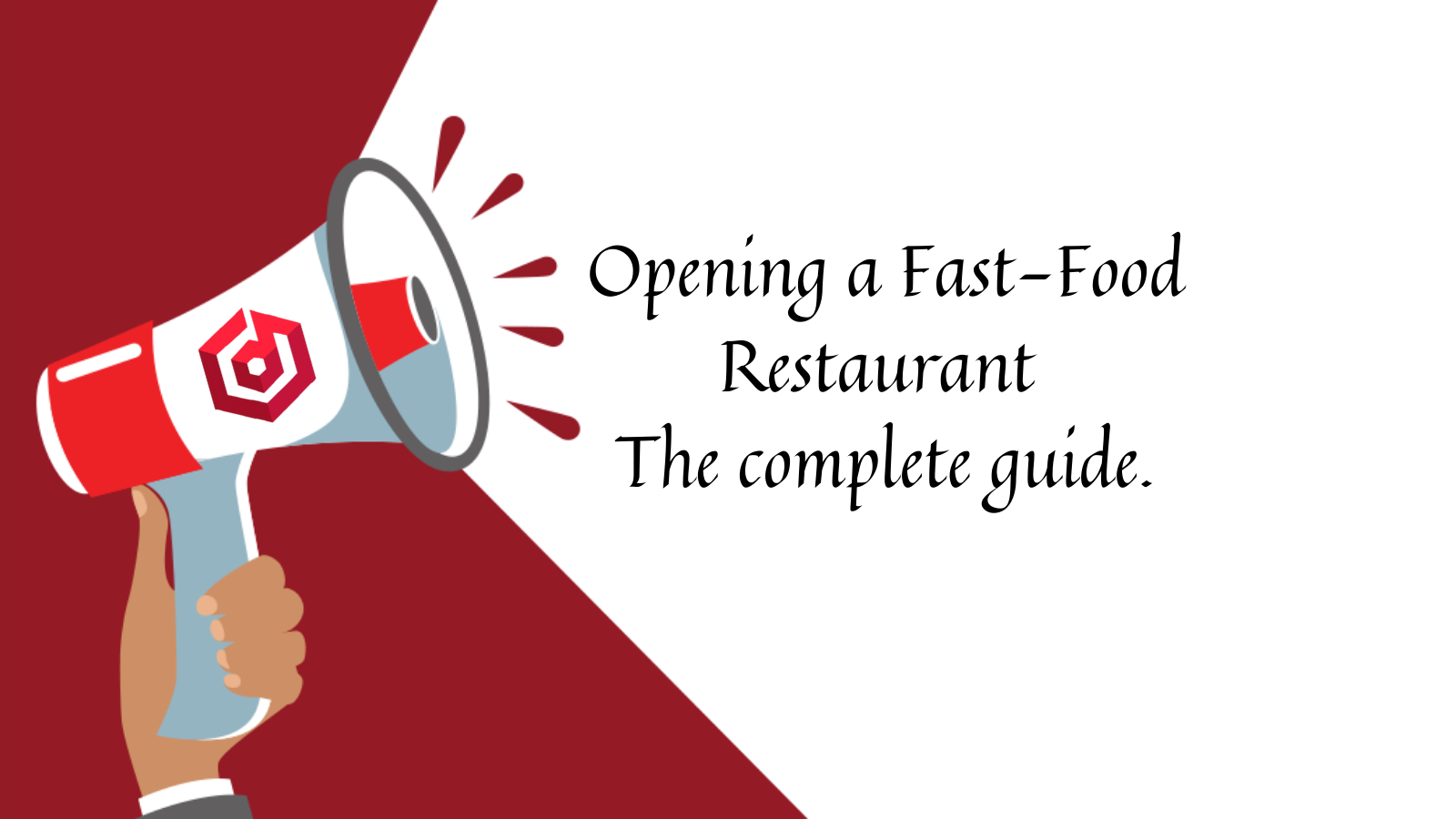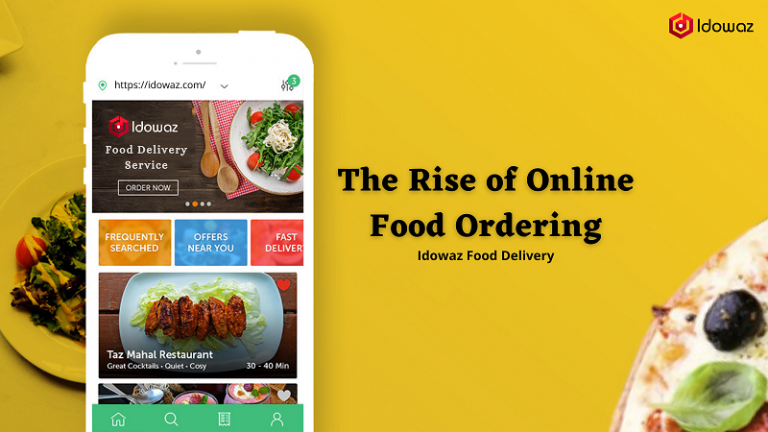The fast-food market is very dynamic today, with many creations. You will have to distinguish yourself by ensuring your project has solid foundations to last. So let’s start with “Opening a fast food restaurant: the complete guide”.
Steps to opening a fast-food restaurant
Step 1: Define your fast food concept
Step 2: Study market trends
Step 3: Define your activity
Step 4: Plan your budget to open a fast-food restaurant
Step 5: Choose your legal status
Step 6: Write your business plan
Step 7: Know the regulations of a fast-food restaurant
Step 1: Define your fast food concept.
Traveling chip shop, take-out snack, burgers to enjoy in great comfort. The concept of fast food is available to you.
Determine your own formula, the one that best matches your desires and your know-how.
- Are you a specialist in Asian cuisine?
- Do you master a Western food recipe at your fingertips that have been passed down through your family, from generation to generation?
- Are you a recognized professional in the express making of churros?
Stay in your niche to better promote your skills. Be careful, however, that not all culinary specialties can be used in a “fast food” version, which must keep the objective of saving the customer time. You can, in your reflection, evaluate the following criteria:
- The time of preparation, cooking, tasting.
- Ease of transport, for take-out: are your dishes easy to transport?
- The ease of tasting on-site or to take away.
Today, fast food has evolved to address all targets: great gourmet cuisine is also suitable, and nothing prevents you from offering gourmet dishes in nomadic format.
Price and type of cuisine are therefore not necessarily a criterion for fast food. Do not hesitate to train yourself!
Step 2: Study market trends.
Once chosen, compare your concept to market trends. General and geographic trends, customer preferences, direct and indirect competitors.
Market research allows you to analyze more closely the elements that could validate or on the contrary call into question your concept.
Observe the number of creations, by type and for a given geographical area, the average turnover achieved, while considering the evolution over several years.
Who are the regulars at a fast food today? Workers in a hurry, groups of high school students, families in search of culinary novelty, and above all else.
Identify a few majority targets in your area of operation. Create questionnaires on Survey Monkey, Google Forms, Drag & Survey, etc, to distribute on social networks, among your acquaintances, in parents’ associations.
Go out to meet your future customers by first of all identifying the groups in which they evolve. Your questionnaire should:
- Respond to a specific objective, which you will have formulated, to help you clarify your questions
- Ask questions that are short, easy to understand, neutral, and always meet your objective
- The structure around the person himself – where he lives, where does he work, what are his hours, then his habits and consumption patterns, etc,
- How many times a month does he/she eat outside of his/her place?
- Fast food or restaurant?
- What are his culinary tastes?
Closely study the environment of your project, to better understand what could impact it for good and bad.
You can then ask yourself how to seize the opportunities and avoid the pitfalls, to better build your business itself.
Step 3: Define your activity
Your concept can now be defined: positioning to stand out from the competition, formulas and prices, suppliers, and organization.
Establish the entire operation of your restaurant from A to Z. Also, think about the different options to get started.
The vast majority of fast-food brands today are part of a franchise network: by opening as a franchise, you can benefit from the reputation of the brand, from a complete and precise sales and marketing strategy.
While it’s a good way to get started, the franchise leaves no room for creativity.
Perhaps you have the ambition to create your own franchise? First and foremost, your first experience as an independent fast food restaurant will need to be successful.
Your concept should also be reproducible: if you must first focus on a first establishment, nothing prevents you from anticipating a model – recipes, operation, etc, that can be used by several establishments.
For more information, visit our page official page (Idowaz) to understand.
Step 4: Plan your budget to open a fast-food restaurant.
Identify on the one hand the investments necessary for the opening as well as the main charges and expenses. Creation of the structure:
- Filing of articles of association, registration, share capital to be constituted.
- Purchase of kitchen equipment, ventilation.
- Acquisition – purchase, commercial lease of premises
- Arrangements, works, and upgrades.
- Purchase of first stocks.
- Charges for water, electricity, Internet connection.
- Insurance costs,
- Communication costs
Once the main items have been established, you can structure your budget forecasts the various tables of what will constitute the financial forecast for your project:
- The financing plan.
- The cash flow plan.
- The provisional income statement.
- The provisional balance sheet, etc.
Step 5: Choose your legal status.
Among all the legal statuses, your choice must be adapted to a very personal situation: no status is perfect, the only ideal status is the one that best corresponds to your professional, family, tax, patrimonial situation, but also to your situation. So, to make the right choice, after having studied the various possibilities, do not hesitate to seek advice from a legal expert.
Step 6: Write your business plan.
The elements of your project can now constitute what will be your business plan. Solid, clear, explicit, it includes all the central information of your future fast food to better convince your investors.
With an editorial part and a quantified part, it revolves around 4 main themes:
- Project display
2. Market research
3. Legal structure
4. Financial forecast
For more information see the Idowaz Business Plan.
Step 7: Know the regulations of a fast-food restaurant.
- The operating license.
- On-site / take away.
- During meals / outside meals.
- ERP standards
- Regulations specific to catering
- Hygiene and sanitation
You will have to respect the standards of staff hygiene and cleanliness of the premises in force, taught during compulsory training in food hygiene.
Step 8: Get started
Your project is solid, start the creative process:
- Creation of your structure
- Finding and fitting out a room
- Fundraising
- Obtaining operating licenses
- Food hygiene training follow-up
- Declaration of activity
- Start communication





